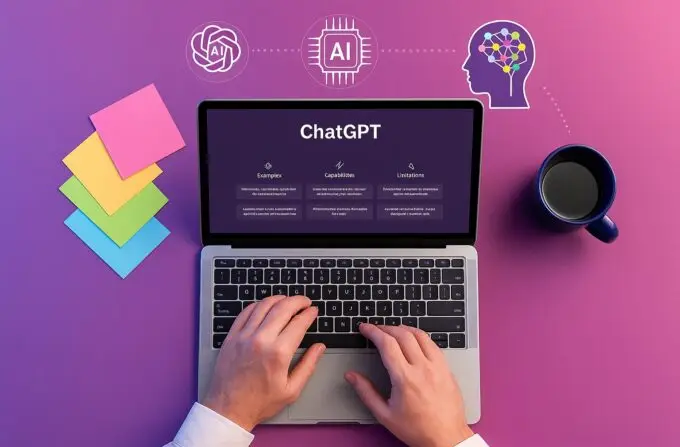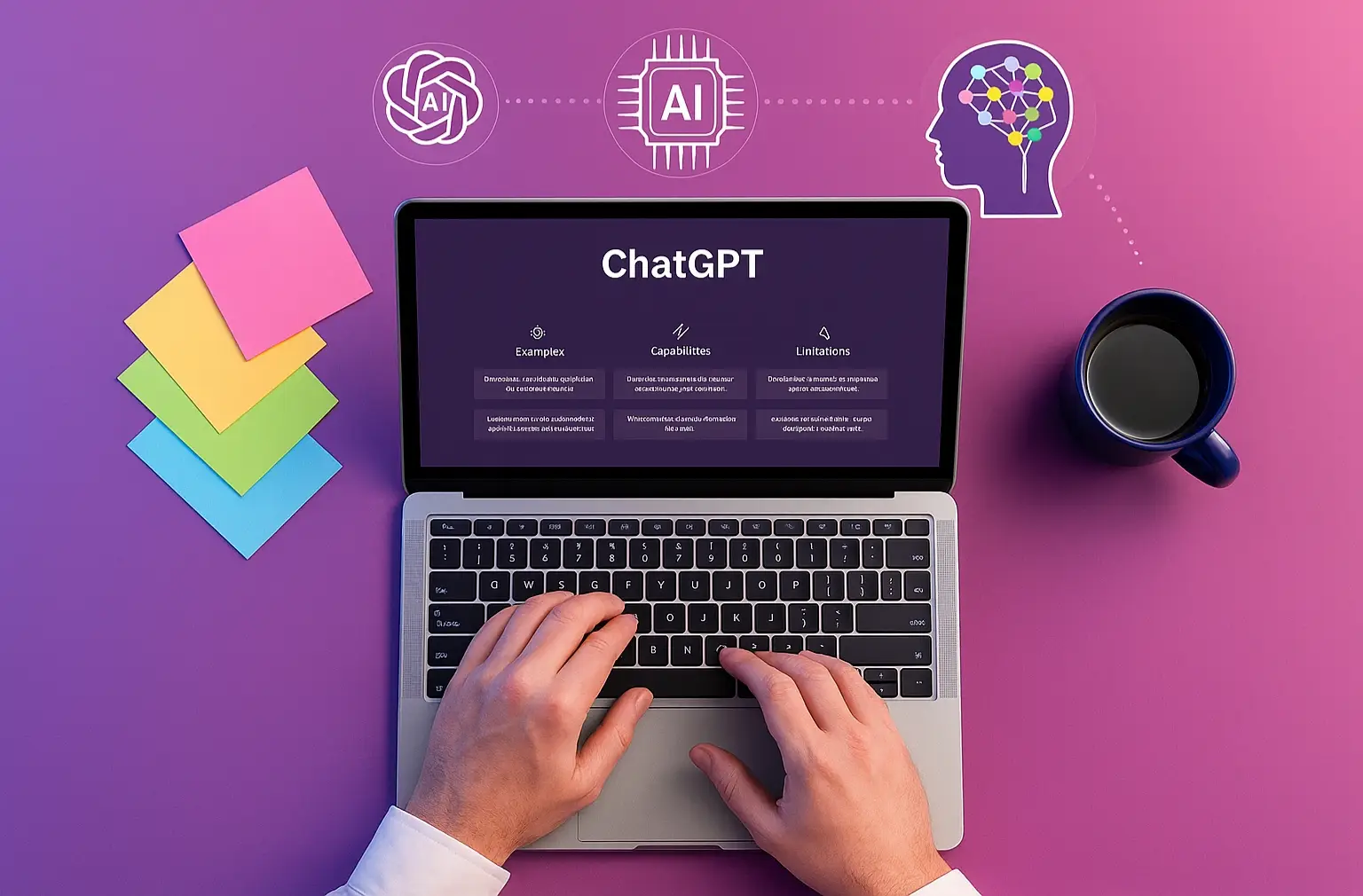Crafting the right words for ChatGPT can feel like unlocking a cheat code in 2025. Some users get generic, robotic answers. Others get responses so sharp, it’s like they hired an expert. What makes the difference? The prompt.
There’s a skill behind asking AI tools like ChatGPT to do exactly what you need — whether that’s writing, coding, explaining, or brainstorming. The difference between an average output and a game-changing response often comes down to how clearly, creatively, and specifically the prompt is written.
This article breaks down proven techniques, frameworks, and real-world examples that’ll help anyone — even those completely new to AI — learn how to write killer prompts that truly work.
🧠 Why the Way You Ask Matters
AI models aren’t mind readers. They’re language processors. The clearer the input, the more tailored the output.
Many first-time users make the mistake of assuming ChatGPT knows exactly what they want — and end up disappointed.
Here’s what separates effective prompts from weak ones:
- Generic Prompt: “Tell me about climate change.”
- Killer Prompt: “Summarize the latest 2024 IPCC climate report in under 200 words, using simple language for high school students.”
See the difference?
🔍 Anatomy of a Strong Prompt
Effective prompts usually follow this structure:
- Instruction: What should the AI do?
- Context: Who is the content for?
- Constraints: Word limit, tone, format, etc.
- Examples (optional): Offers style or format clues
💡 A well-structured prompt is like a GPS for AI — it helps the model find the best path.
✍️ 5 Prompt Frameworks That Work in 2025
1. Role Assignment Format
Prompt: Act as a UI/UX consultant. Review the mobile layout of this app based on accessibility and responsiveness.
Assigning a role helps the model “think” from a specific perspective — it instantly aligns tone and knowledge.
2. Step-by-Step Breakdown
Prompt: First outline a blog post about wearable AI devices, then write the introduction.
Break larger tasks into manageable stages for more focused results.
3. Tone & Style-Based Prompting
Prompt: Write a motivational quote in the tone of Elon Musk, as if addressing college students.
Tone defines personality — casual, sarcastic, formal, witty — all can be guided.
4. Constraint-Driven Prompt
Prompt: Create a list of 7 productivity tools, each with a one-line benefit. Use bullet points only.
Give format and structure — it helps get exactly what you want.
5. Example-Based Prompting
Prompt: Here are two Instagram captions for a skincare brand. Write three more with the same tone and structure.
When examples are provided, the AI models often replicate the style very effectively.
These ready-made prompts I’ve listed down are proven to deliver high-quality results:
Act like a YouTube growth coach. Suggest 10 video ideas for a channel about tech gadgets.Summarize this article in 3 bullet points: [Insert Article]Draft a pitch email for my SaaS product targeting HR managers in startups.Rewrite this paragraph in a formal tone suitable for a government proposal: [Insert Text]How People Are Practicing Prompting
Instead of random usage, many users now follow structured routines:
- Daily 15-min prompt practice sessions
- Rephrasing one prompt into three different tones
- Asking ChatGPT to evaluate and improve its own response
Studies show that marketers who invested in prompt engineering saw 2x productivity by Q1 2025.
❌ Common Mistakes (Still Made Even in 2025)
- Being overly vague: “Write something cool.”
- Forgetting audience: “Explain crypto” (to whom?)
- Ignoring format: “Make it readable” (but how?)
- One-liner prompts: ChatGPT likes structure
| Points to Remember | ❌ Bad Prompt | ✅ Good Prompt |
|---|---|---|
| Clarity | “Write something about AI.” | “Write a 300-word blog explaining AI in education for college students.” |
| Role | “Tell me about diabetes.” | “Act as a doctor. Explain diabetes to a 12-year-old in simple language.” |
| Tone | “Give tips for startups.” | “Share 5 casual, witty tips for early-stage startup founders.” |
| Format | “List some facts.” | “Give a bullet-point list of 5 surprising facts about Mars.” |
| Context | “Write a poem.” | “Write a funny 4-line poem about Mondays for office workers.” |
| Constraints | “Make it detailed.” | “Explain ChatGPT in under 150 words using analogies and simple examples.” |
Prompt Generator Hack 😉
This advanced prompt creates prompts for you:
Act as a prompt engineer. Ask for task, audience, tone, and format. Then generate the best possible prompt.💬 My Opinions & Final Verdict
- “I found out that changing just five words in a prompt can shift ChatGPT’s tone from robotic to super engaging.”
- “Clients now ask for ‘prompt support’ in freelance gigs. It’s a skill worth mastering.”
Mastering prompt writing isn’t just an AI trick — it’s a productivity booster, creative enhancer, and career skill.
In a world where every second person is using ChatGPT, the ones who stand out are those who prompt smarter.
Use the templates, test the styles, tweak the structure, and don’t be afraid to experiment. Like any skill, it gets sharper with use.
And here’s the wild part: the better your prompt, the more human your AI feels.
That’s all folks !
To know more about prompting or have any queries feel free to comment down below…











Share mid journey prompt guide also.. please